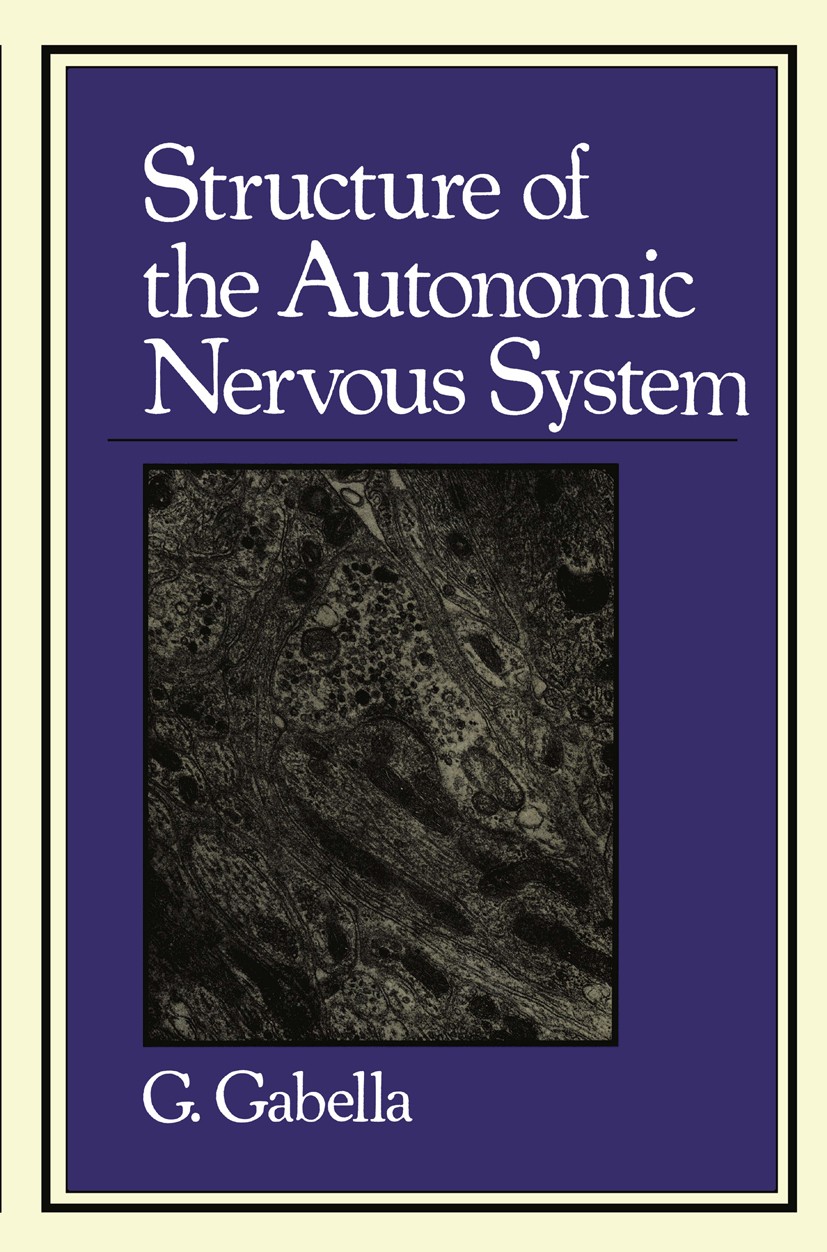| 书目名称 | Structure of the Autonomic Nervous System | | 编辑 | Giorgio Gabella | | 视频video | http://file.papertrans.cn/881/880271/880271.mp4 | | 图书封面 |  | | 描述 | A conspicuous portion of the peripheral nervous system is part of the ‘vegetative nervous system‘; it includes all the neurons which innerv ate the viscera, salivary and lacrimal glands, the heart and blood vessels, all other smooth muscles of the body, notably the intrinsic muscles of the eye and the muscles of the hair. Only part of the system belongs to the peripheral nervous system: it has also its own nuclei and pathways in the central nervous system. The distinction between visceral and somatic functions is a very old one in our culture. With the development of neurology the notion of a widespread nervous control of body functions emerged. Winslow (1732) used the term nervi sympathici majores for those nerves, which he thought to carry about ‘sympathies‘ and then co ordinate various viscera‘s functions. His was an anatomical break through, which obscured Willis‘ ‘intercostal nerve‘ and Vesalius ‘cranial nerve‘. The notion was developed among others by John stone (1764) who arrived, with the aid of some very accurate anatomical observations, at the problem of the nervous influence on motion and sensitivity of viscera. By the end of the eighteenth century, it was clear, wit | | 出版日期 | Book 1976 | | 关键词 | brain; growth; muscle; nervous system; neurology; neurons; spinal cord; sympathetic preganglionic neurons | | 版次 | 1 | | doi | https://doi.org/10.1007/978-94-009-5745-9 | | isbn_softcover | 978-94-009-5747-3 | | isbn_ebook | 978-94-009-5745-9 | | copyright | Giorgio Gabella 1976 |
The information of publication is updating

|
|
 |Archiver|手机版|小黑屋|
派博传思国际
( 京公网安备110108008328)
GMT+8, 2025-12-17 13:06
|Archiver|手机版|小黑屋|
派博传思国际
( 京公网安备110108008328)
GMT+8, 2025-12-17 13:06


